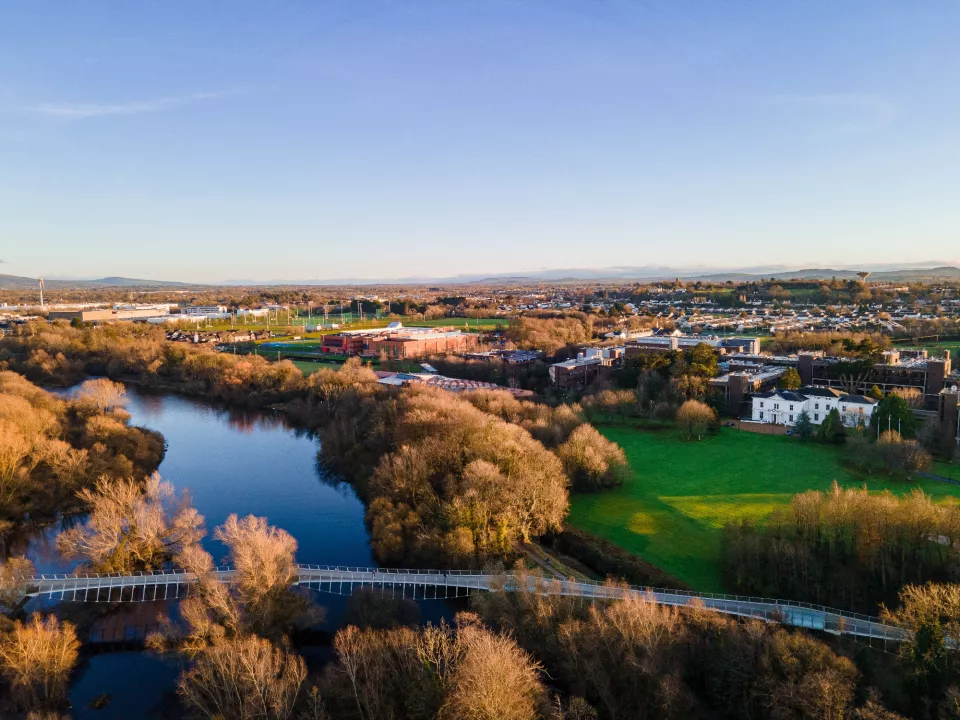Did you know that if the internet was a country, it would be the 4th largest polluter?
This stark fact highlights the importance of digital sustainability, which, in simple terms, means reducing/limiting the carbon footprint of our day-to-day digital activities.
The cost of the cloud
Each time you load a webpage, perform a search , or do anything that requires an active internet connection, you set in motion a series of events (or requests) that result in another computer doing some kind of work in to serve you the information you seek.
These ‘servers’ are generally referred to as the cloud, and these clouds have a real environmental impact. They don’t float harmlessly above us, but on the contrary, require land and lots of power and water.
As a web editor or digital content creator, what part can you play in mitigating their impact?

Keep page sizes to a minimum
If there was a single metric that could determine the sustainability of a webpage, it would be its size.
By size we don’t mean how far down you have to scroll to digest its content (although that is sometimes related), but rather how much data is needed to download and display the page. The ‘heavier’ a page is, the more resources are required to serve it.
This also translates to longer load times, which in turn impacts SEO and the overall user experience.
So, digital sustainability – a term that will become increasingly important going forward, especially considering UL’s overall sustainability goals – only adds to the reasons to keep our pages as ‘light’ as possible.
But what’s the best way to achieve this?
1. Optimise images
All too often, the main culprits for bloated webpages are images. If they haven’t been prepared for web use, there’s a danger that much more data will be transferred to the end user than is necessary.
As mentioned in a previous article, before you upload any images to the website, you should ensure they are:
- Cropped and sized appropriately
- Compressed, using a compression tool.
2. Avoid large documents
Another contributor to needlessly large data transfers are downloadable documents, particularly PDFs. Ask yourself: do you really need that PDF, or perhaps the webpage itself could be modified to better serve the user’s needs?
If you do decide a PDF is appropriate, it must be produced in line with accessibility standards – inaccessible content on the website of a public body like UL could lead to a fine.
3. Consider the tools you use
This is a much less obvious point, but the tools you use to create your content also play a part in your digital carbon footprint. If you regularly use a generative AI tool like ChatGPT for example, just be mindful of its (often un-discussed) environmental impact.
Take a simple search query. If you type it into ChatGPT rather than use a standard Google search, the servers delivering your answer have far more work to do. In fact if every search on Google used generative AI it’s estimated that it could burn through as much electricity each year as we do in Ireland as a whole.
This isn’t to say you shouldn’t use ChatGPT, but be mindful of its pros and cons. That goes for any software platform you choose to use.
Key takeaways
- Make sure you optimise images
- Opt for webpages rather than downloadable documents where you can
- Be mindful of the carbon footprint of the software and platforms you use.